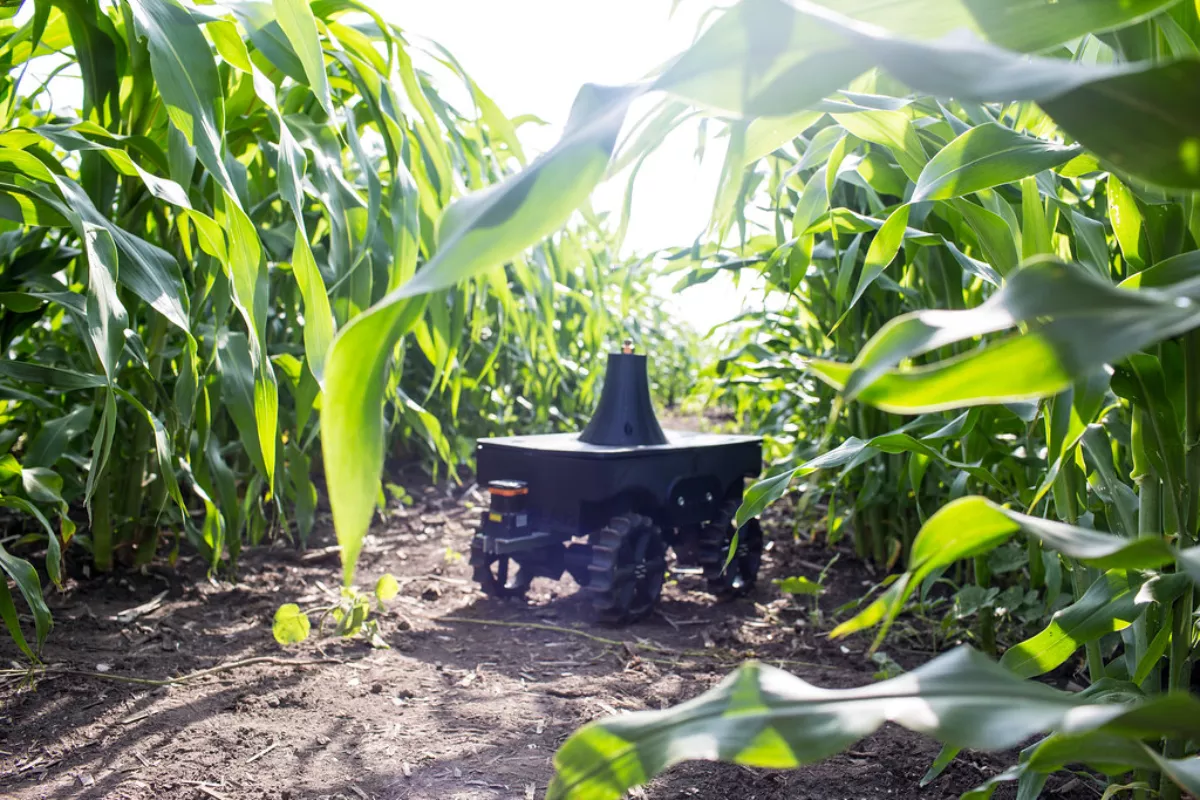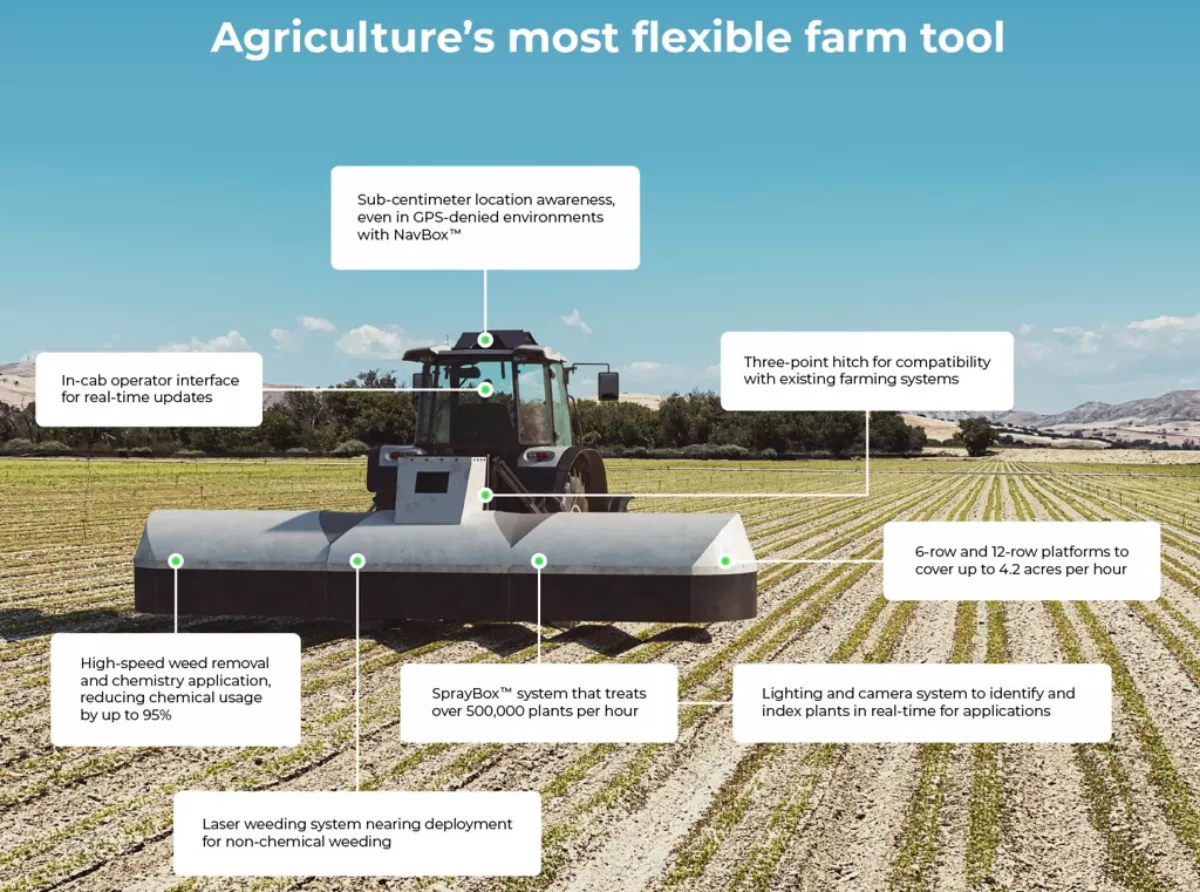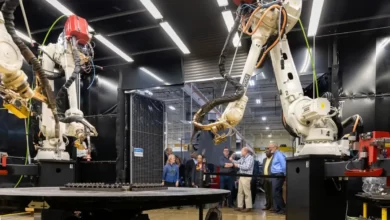The world of agriculture is undergoing a transformation unlike any before and at the heart of this revolution lies the integration of robotics. As we stand on the brink of a new era, where sustainability, efficiency, and productivity are paramount, the role of robotics in agriculture has become more significant than ever. To help you have a better understanding of the realm of agriculture innovation, we will explore the ways in which robotics is reshaping the landscape of modern farming.
The Rise of Agricultural Innovation: A Necessity
In recent years, the global population has been steadily increasing, placing immense pressure on the agricultural industry to produce more food than ever before. However, traditional farming methods are often constrained by various factors, including labor shortages, unpredictable weather patterns, and limited land resources. This is where agricultural innovation steps in to bridge the gap.
Precision Farming and Automation

Precision farming involves the use of advanced technologies, including robotics, to monitor, analyze, and optimize agricultural practices. Agricultural robots equipped with sensors, GPS, and AI algorithms can precisely plant seeds, apply fertilizers, and manage irrigation, all while minimizing waste and ensuring each plant receives the necessary care. This level of precision not only boosts productivity but also reduces the environmental impact of farming.
Weeding and Pest Control
Weeds and pests have long been the bane of farmers’ existence, leading to crop losses and increased costs. Robotic systems have been developed to autonomously identify and remove weeds, reducing the need for chemical herbicides. Drones equipped with cameras and AI can also monitor fields, identifying signs of pest infestations early on, allowing for targeted interventions.
Harvesting and Sorting
Labor-intensive tasks such as harvesting are being revolutionized by robotic technology. From autonomous tractors to robotic arms designed to pick delicate fruits, these machines are capable of working tirelessly around the clock, ensuring crops are harvested at peak ripeness. Furthermore, robotic sorting systems can separate fruits and vegetables based on their size, color, and quality, streamlining the post-harvest process.
Monitoring and Data Collection
Drones and ground-based robots equipped with various sensors gather a wealth of data about soil health, crop growth, and weather conditions. This data is then analyzed to make informed decisions about irrigation, fertilization, and other farming practices. The insights gained from these analytics lead to better resource management and higher yields.
Aquaculture Advancements
It’s not just traditional agriculture that benefits from robotics; aquaculture is also experiencing innovations. Underwater robots equipped with cameras and sensors can monitor fish health, water quality, and even help with feeding. This level of monitoring ensures optimal conditions for aquatic life and supports sustainable fish farming practices.
Challenges and Considerations
While the integration of robotics in agriculture holds immense promise, there are several challenges that must be addressed:
1. Cost of Implementation
The initial investment required to adopt robotic systems can be high, often posing a barrier for small-scale farmers. However, as technology advances and economies of scale come into play, the costs are expected to decrease over time.
2. Technical Knowledge
Farmers need to acquire new skills to operate and maintain robotic systems effectively. Providing training and support for farmers transitioning to these technologies is crucial for widespread adoption.
3. Interoperability and Compatibility
As the agricultural robotics market continues to evolve, ensuring compatibility between different systems and technologies becomes essential. Standardization efforts will be required to streamline the integration process.
4. Ethical and Social Implications
The increased reliance on robotics could potentially lead to job displacement in the agricultural sector. Striking a balance between technological advancements and preserving livelihoods is a complex challenge.
The Road Ahead: A Technologically Enhanced Future

The integration of robotics into agriculture marks a pivotal moment in the evolution of farming practices. As we look to the future, it’s evident that these advancements are set to usher in transformative changes that will extend far beyond the fields themselves. The potential impact is profound, with implications spanning efficiency, sustainability, and our broader relationship with the environment.
Reshaping Food Production and Environmental Impact
The incorporation of robotics in agriculture brings forth the concept of precision farming, where every action is guided by data and analysis. This granular approach enables farmers to tailor their interventions precisely to the needs of individual plants or animals. For instance, robotic systems can administer just the right amount of water, nutrients, and pesticides, minimizing waste and avoiding overuse. This level of precision not only maximizes yield but also reduces the environmental footprint associated with excessive resource application.
In the context of aquaculture, robotics enhances the management of fish farms, ensuring optimal conditions for aquatic life. With underwater robots equipped to monitor factors like water quality, temperature, and fish behavior, farmers can swiftly identify and address potential issues. This proactive approach minimizes disease outbreaks and reduces the need for antibiotics or other interventions that can harm both the fish and the surrounding ecosystem.
A Commitment to Accessibility and Adaptability
However, the true potential of robotics in agriculture innovation lies not just in the technology itself, but in its accessibility to all farmers. While larger commercial operations may have the resources to invest in advanced robotic systems, it’s equally important to consider the needs of small-scale farmers who form the backbone of many communities.
To harness the full power of agricultural robotics, the technology must be adaptable to diverse contexts. This means ensuring that robotic solutions are scalable, customizable, and can be integrated into various farming practices and landscapes. Innovators must work to develop cost-effective options that cater to different farm sizes, crops, and regions.
Empowering Small-Scale Farmers
One promising approach is to create modular robotic systems that can be tailored to specific tasks. For instance, a small-scale farmer might not need an entire robotic tractor, but could greatly benefit from a robotic weeding device that targets the most labor-intensive aspect of their work. By offering flexible solutions, agricultural robotics become more accessible to those with limited resources.
Furthermore, educational initiatives and training programs play a pivotal role in ensuring that farmers are comfortable using these technologies. Workshops, tutorials, and support networks can empower farmers to embrace robotics and leverage its advantages, even without extensive technical backgrounds.
Navigating the Challenges Ahead
As with any technological transition, challenges must be met head-on. The potential displacement of traditional agricultural jobs due to automation is a concern that cannot be ignored. Striking a balance between embracing innovation and preserving livelihoods is a challenge that policymakers and stakeholders must tackle collaboratively.
Additionally, as the agricultural robotics landscape evolves, harmonizing different technologies and systems becomes crucial. Standards need to be established to ensure compatibility and interoperability, enabling farmers to seamlessly integrate different robotic devices into their operations.
A New Era of Agriculture
The road ahead is one where technology and tradition converge to create a new era of agriculture. The role of robotics goes beyond being a mere tool; it’s a catalyst for sustainable change. By combining cutting-edge innovations with an unwavering commitment to inclusivity, the agricultural industry can achieve a harmonious balance between technological advancement and environmental responsibility.
As researchers, farmers, engineers, and policymakers unite to embrace these advancements, we are on the brink of revolutionizing an age-old practice. The integration of robotics into agriculture not only ensures the security of our global food supply but also paves the way for a greener, more efficient, and more sustainable future. In this journey, every stakeholder has a role to play, and it’s through collaborative efforts that we will unlock the full potential of robotics in agriculture innovation.
Conclusion
The integration of robotics into agriculture is not just about embracing technological advancements; it’s about revolutionizing an industry that sustains us all. As we move forward, the collaboration between farmers, scientists, engineers, and policymakers will be instrumental in creating a future where innovative technologies ensure food security, environmental responsibility, and a thriving agricultural sector.









